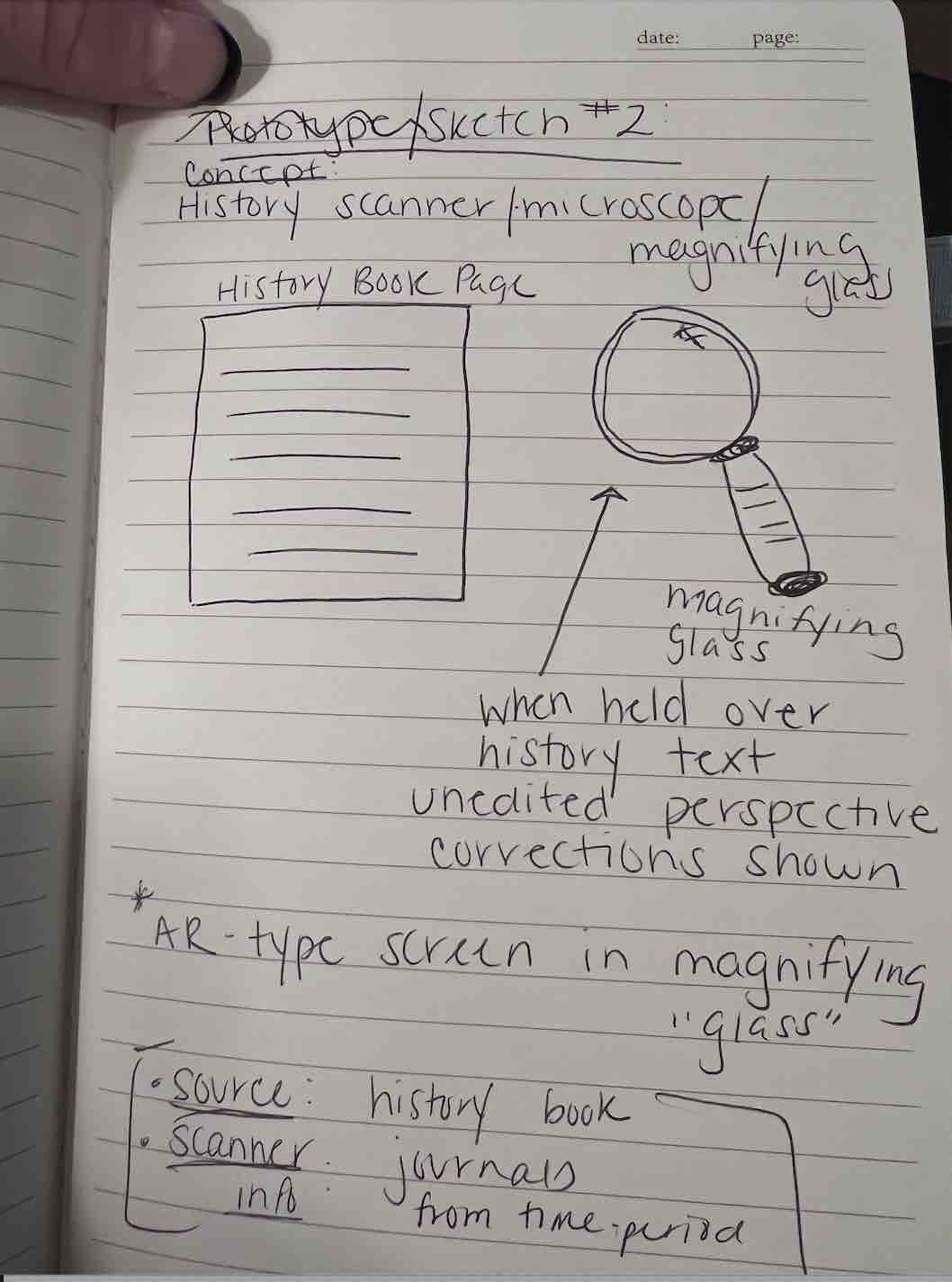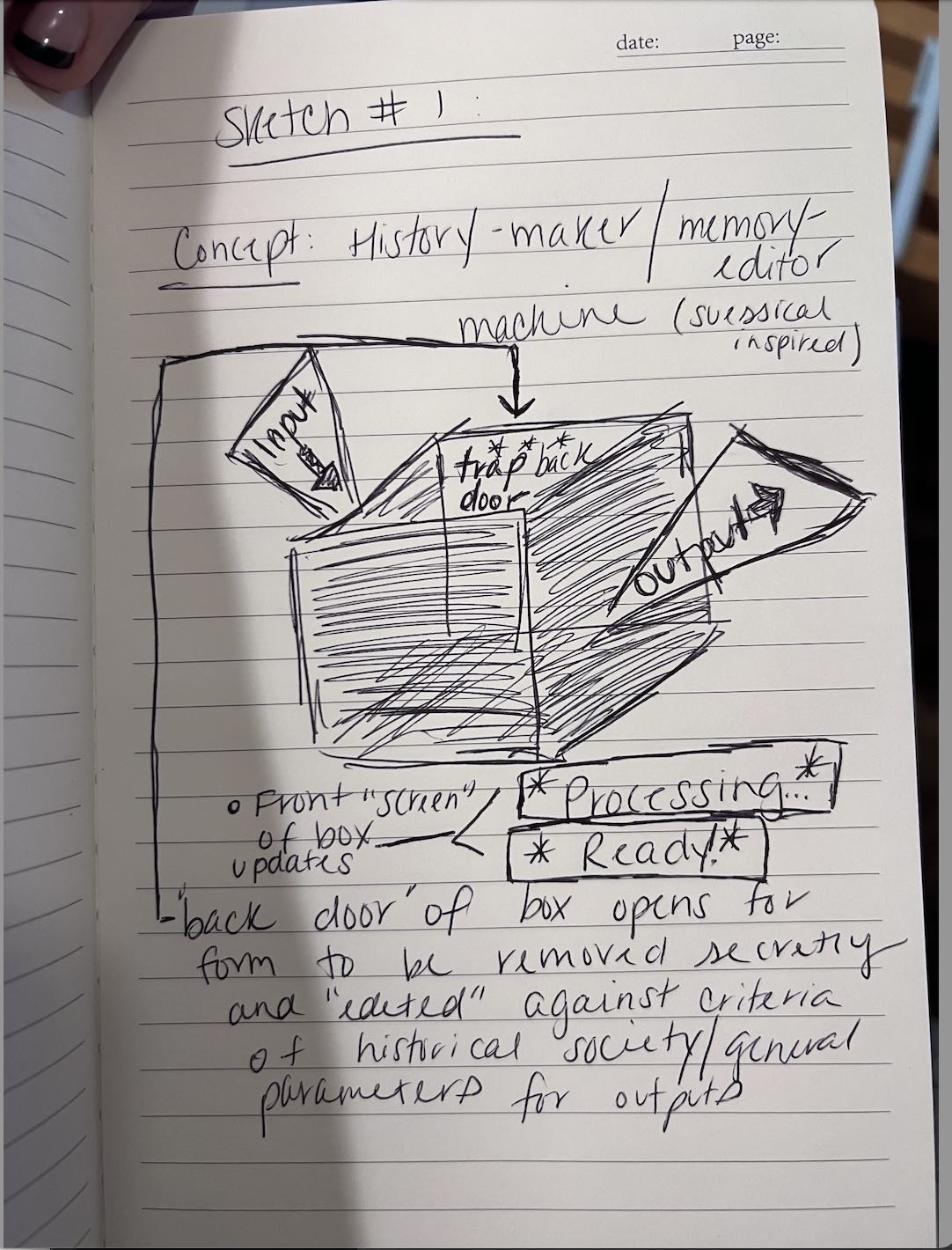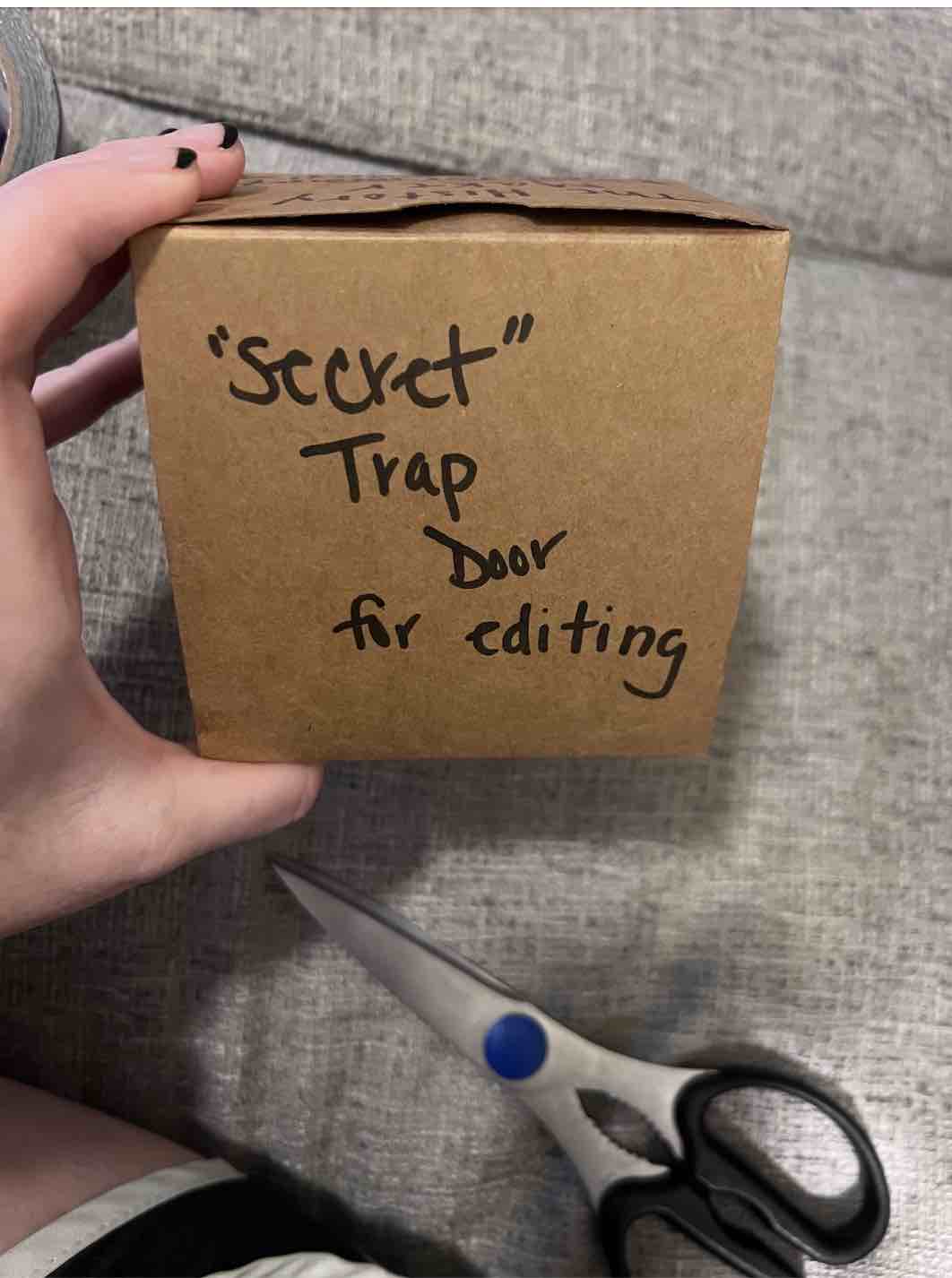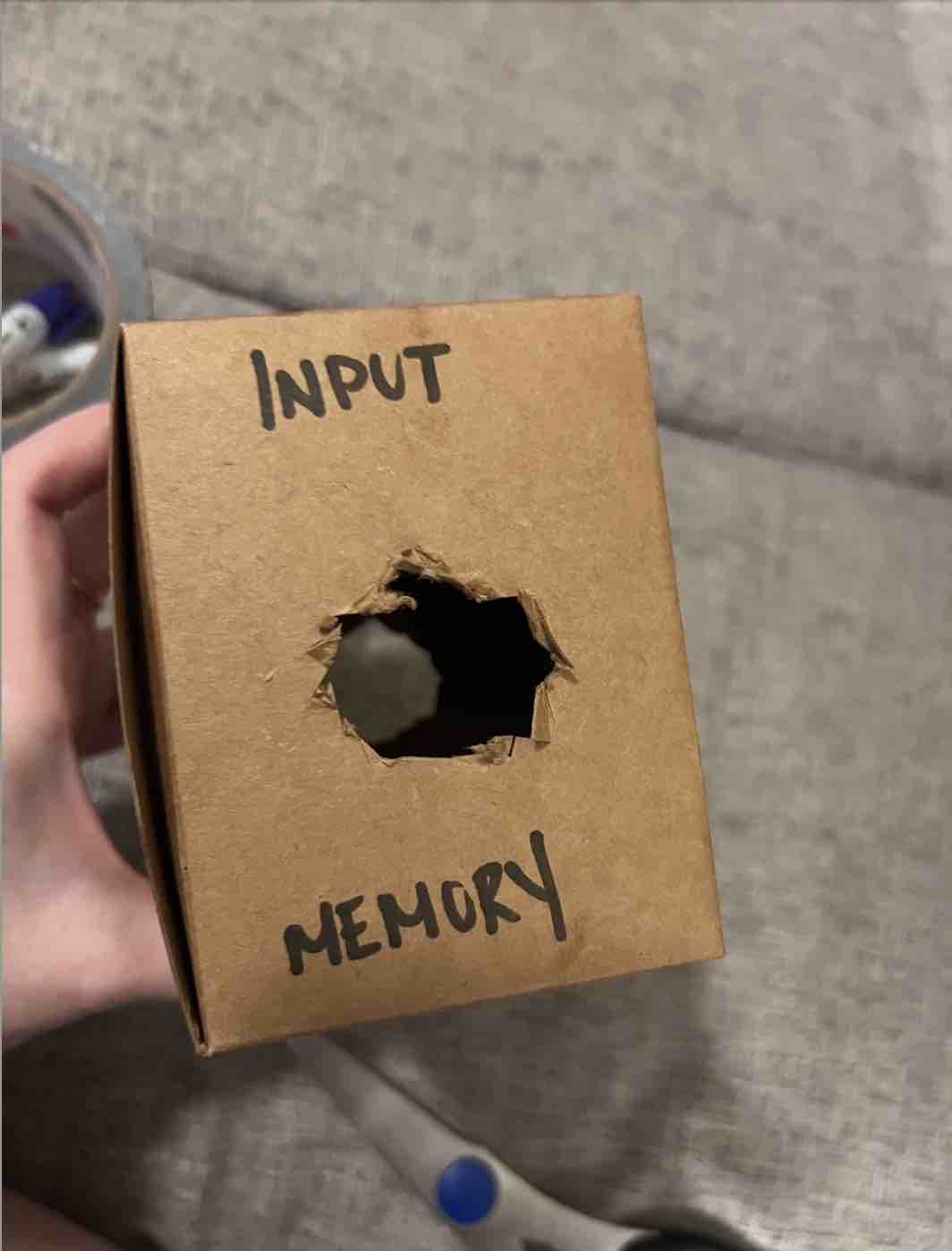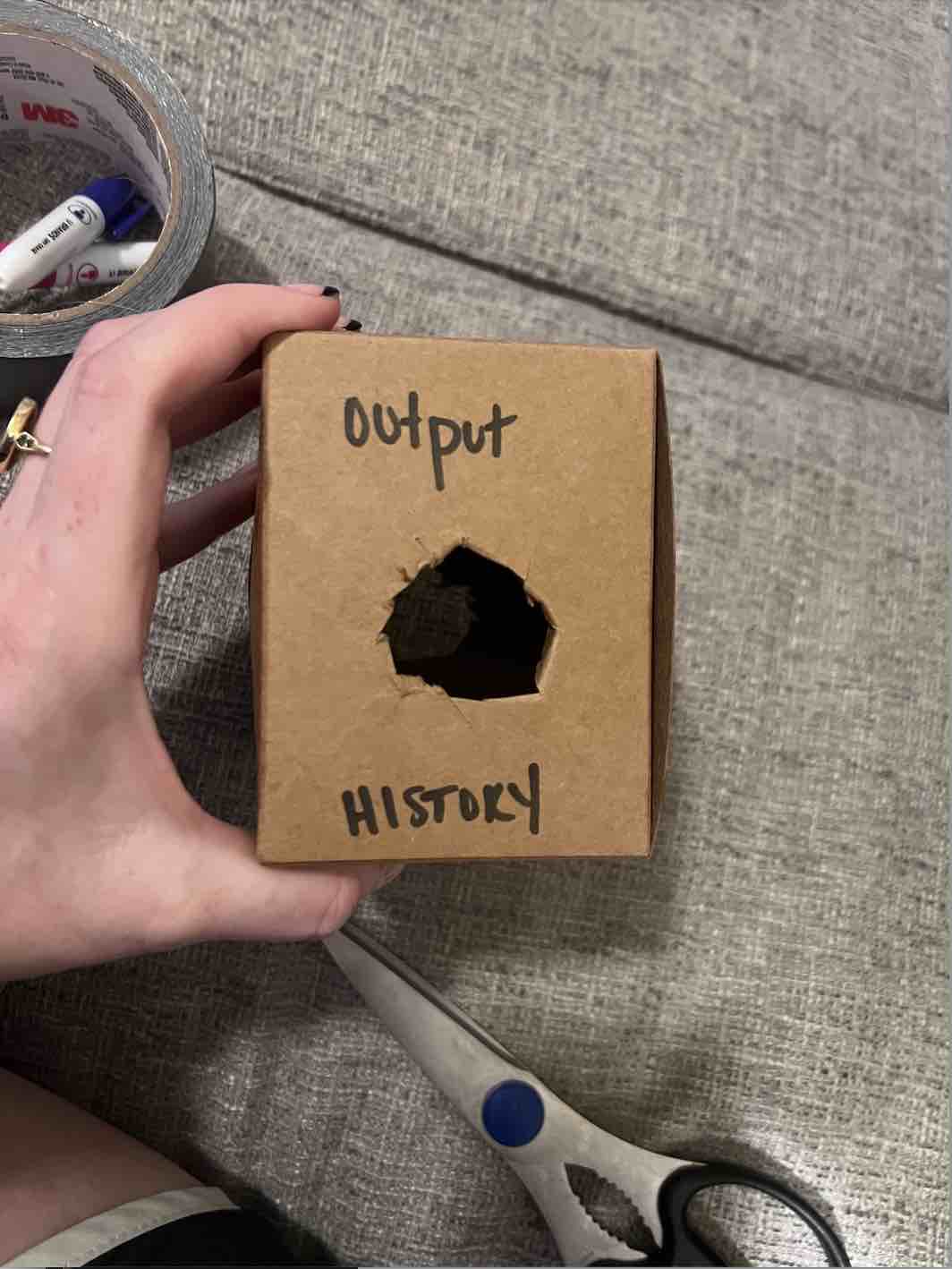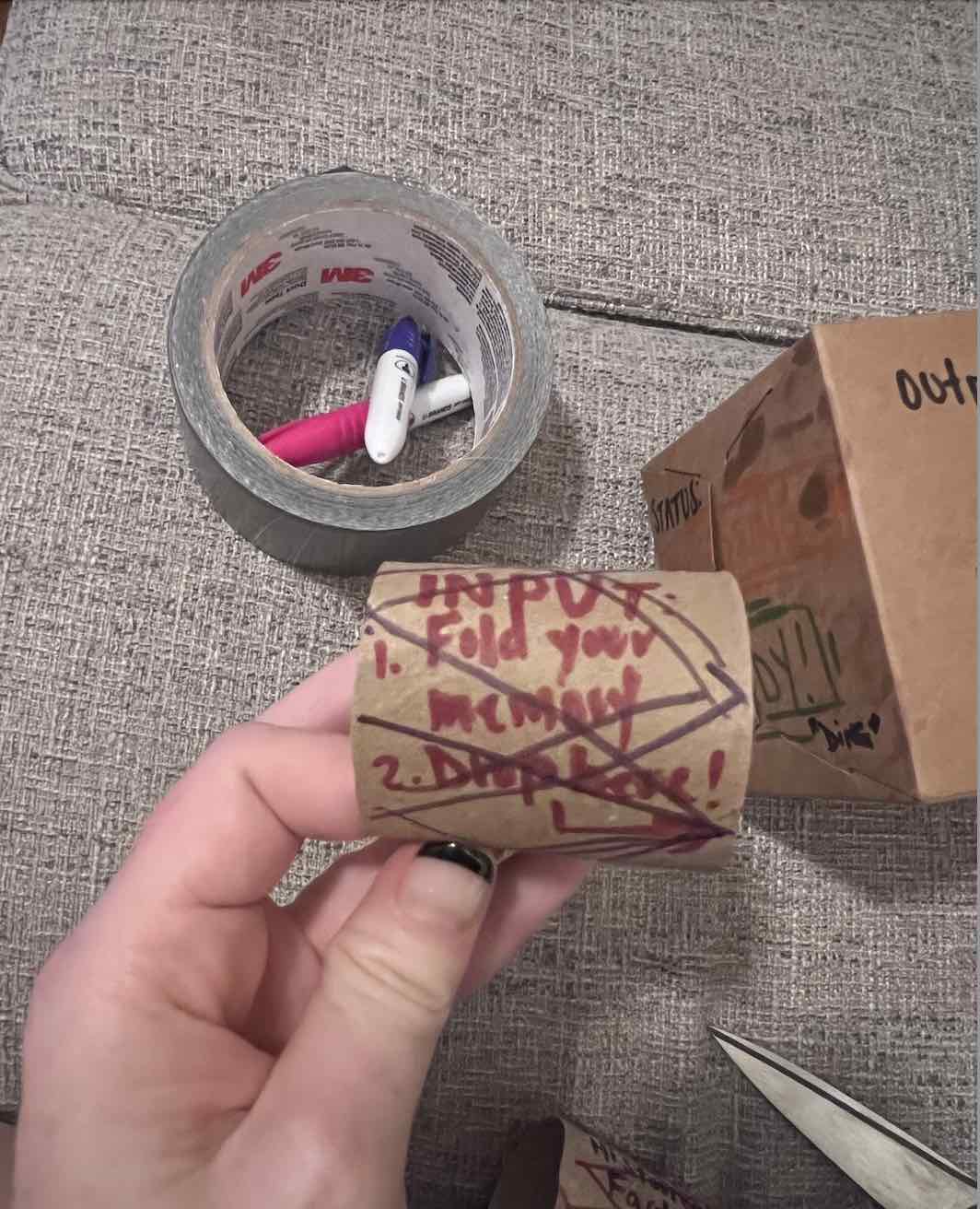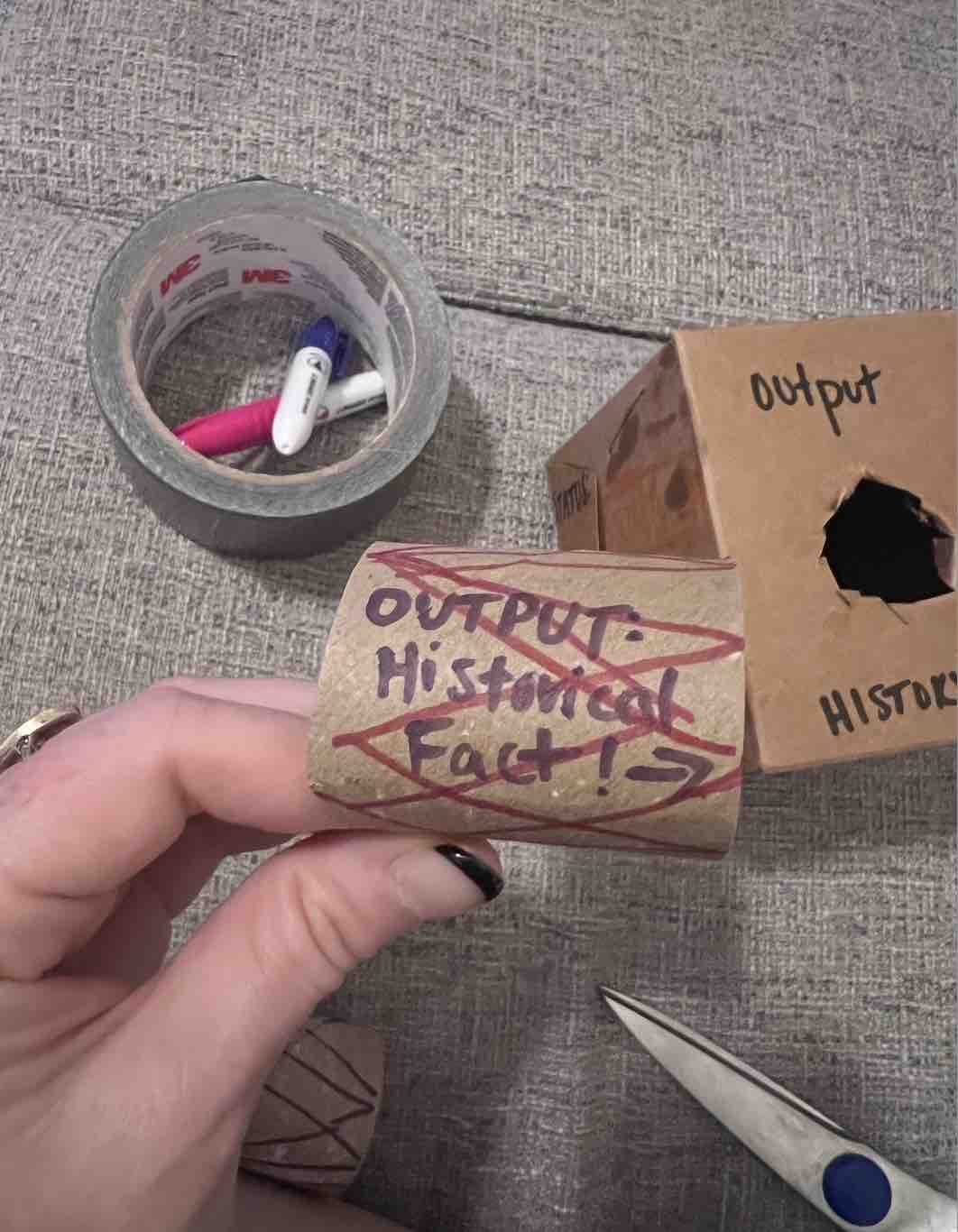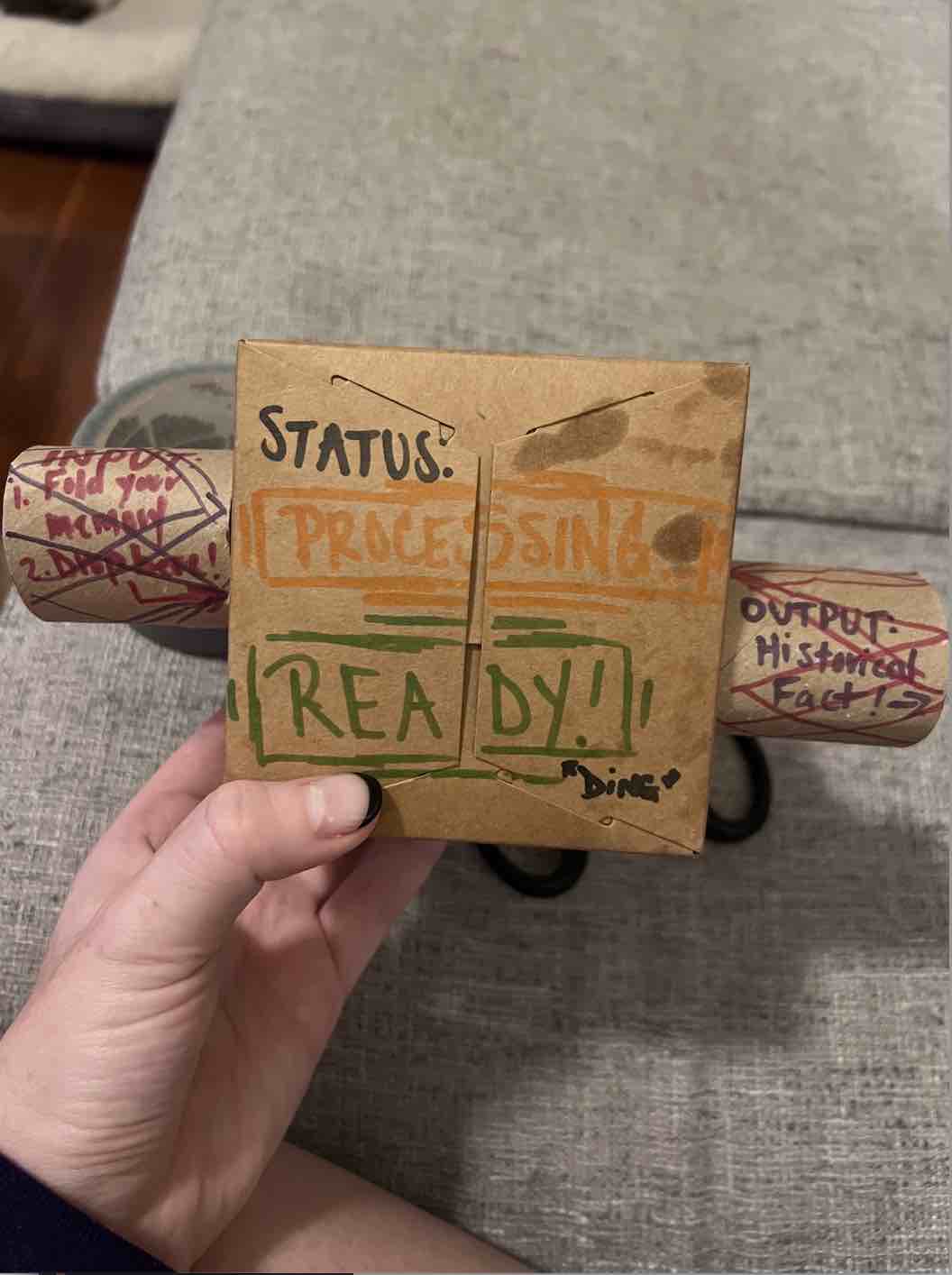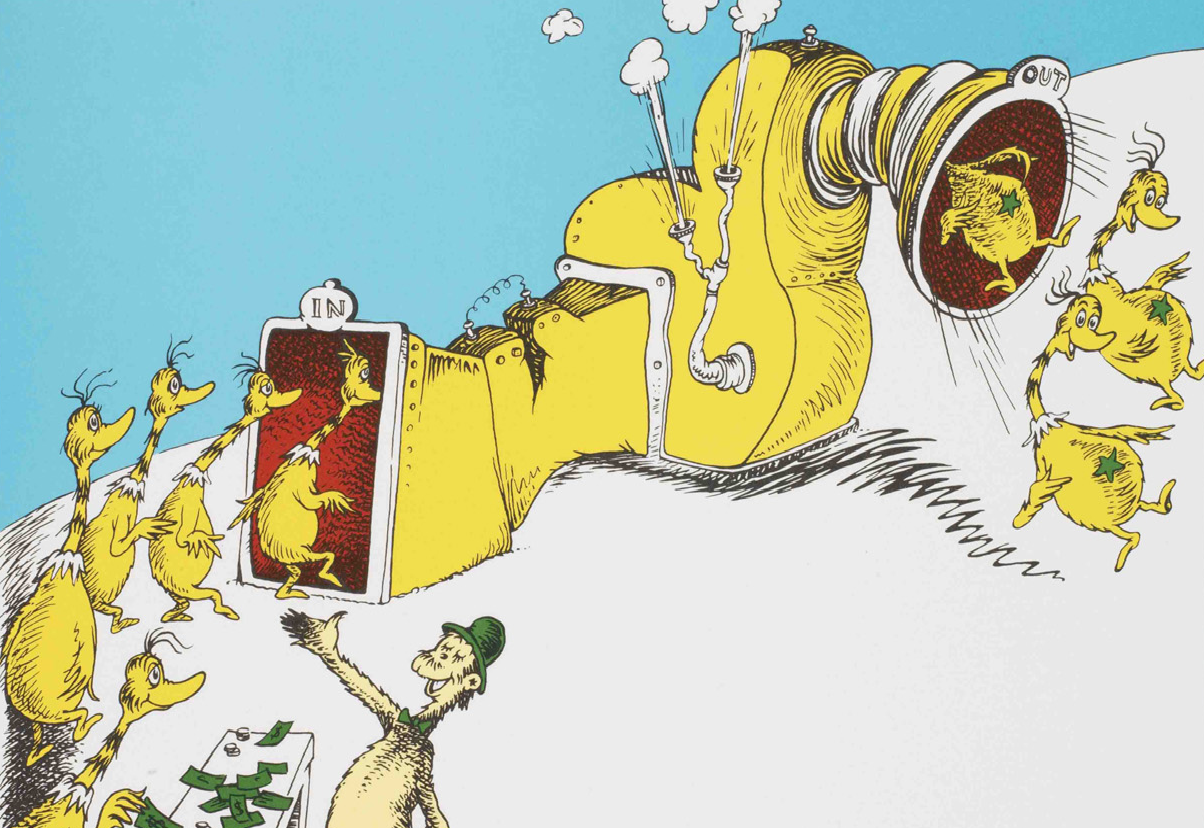Publics/Counter Publics
Analyze an existing artwork/project/piece of media (TV show, game, etc) and the systems within which it operates.
Project: MSCHF, Eat the Rich Popsicles
Who created it? For whom?
MSCHF is a collective whose creations appear online every two weeks as “drops.” Many of those drops are viral pranks. The Eat the Rich Popsicle project is a play on the radical saying initially attributed to philosopher Jean-Jacques Rousseau in response to the starvation in the French Revolution, from the larger quote; “When the people shall have nothing more to eat, they will eat the rich.”
In present times, this slogan has been used in response to tech billionaires such as Jeff Bezos, Elon Musk, and Mark Zuckerberg, who are criticized for how they wield power and money for personal greed rather than the public good.
With what materials and metaphors?
MSCHF applied the famous quote by creating ice cream bars with the likeness of these modern-day villians, so people could almost literally eat the rich. Eat the Rich Popsicles were available in NYC & LA via MSCHF ice cream trucks this past July.
With what intention?
This was a satirical metaphor in response to the recent tensions around these men based on multiple scandals and questionable practices, most notably at this time in the summer, the “space race” between companies like SpaceX and Blue Origin was at the forefront of controversy and conversation.
What impact? On whom? How? Did the artist identify a public or create a counterpublic?
This was a social commentary on the role of billionaires in our current society. The public in this situation would be supporters of their products, services, and practices, and the counter-public identified are those who disagree with their leadership and impacts on our present-day culture and society. Through highlighting these counterpublic ideas, I’m sure it raised awareness to those who may not be as familiar to the disparities and problematic nature of some of these companies and their CEOs.

